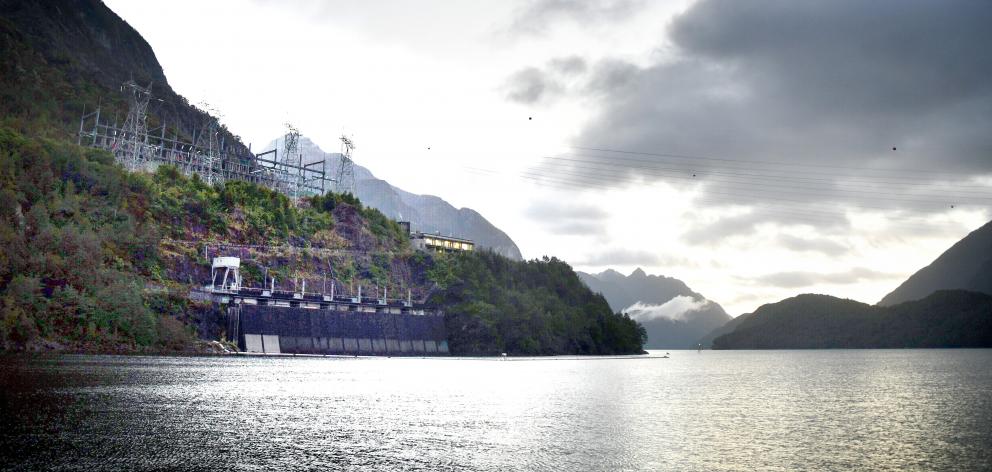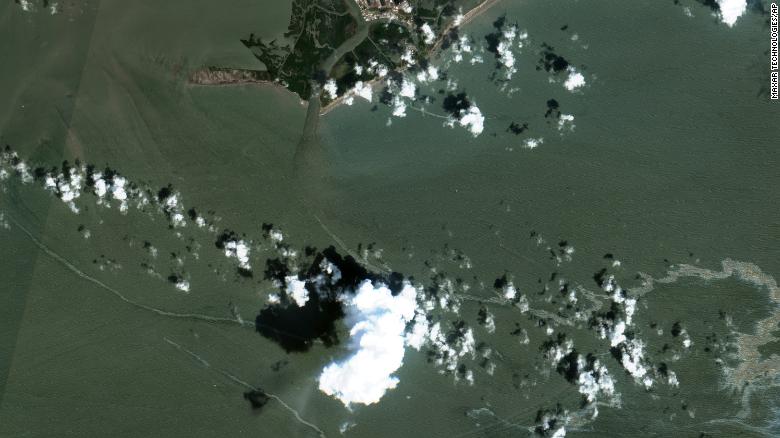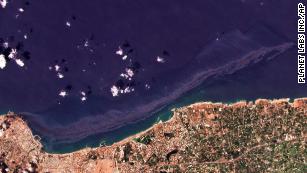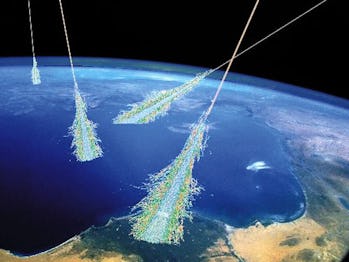Could dying stars hold the secret to looking younger? New evidence from NASA’s Hubble Space Telescope suggests that white dwarf stars could continue to burn hydrogen in the final stages of their lives, causing them to appear more youthful than they actually are. This discovery could have consequences for how astronomers measure the ages of star clusters, which contain the oldest known stars in the universe.
These results challenge the prevalent view of white dwarfs as inert, slowly cooling burned-out stars where nuclear fusion has stopped. Now, an international group of astronomers has discovered the first evidence that white dwarfs can slow down their rate of aging by burning hydrogen on their surfaces.
“We have found the first observational evidence that white dwarfs can still undergo stable thermonuclear activity,” explained Jianxing Chen of the Alma Mater Studiorum Università di Bologna and the Italian National Institute for Astrophysics, who led this research. “This was quite a surprise, as it is at odds with what is commonly believed.”
White dwarfs have cast off their outer layers during the last stages of their lives. They are common objects in the cosmos; roughly 98% of all the stars in the universe will ultimately end up as white dwarfs, including our own Sun. Studying these cooling stages helps astronomers understand not only white dwarfs, but also their earlier stages as well.
To investigate the physics underpinning white dwarf evolution, astronomers compared cooling white dwarfs in two massive collections of stars: the globular clusters M3 and M13. These two clusters share many physical properties such as age and metallicity (the abundance of heaver elements), but the populations of stars which will eventually give rise to white dwarfs are different. This makes M3 and M13 together a perfect natural laboratory in which to test how different populations of white dwarfs cool.
“The superb quality of our Hubble observations provided us with a full view of the stellar populations of the two globular clusters,” continued Chen. “This allowed us to really contrast how stars evolve in M3 and M13.”
Using Hubble’s Wide Field Camera 3 the team observed M3 and M13 at near-ultraviolet wavelengths, which is ideal for finding blue and faint stellar objects in the crowded globular clusters. This allowed the researchers to compare more than 700 white dwarfs in the two clusters. They found that M3 contains standard white dwarfs, which are simply cooling stellar cores. M13, on the other hand, contains two populations of white dwarfs: standard white dwarfs and those which have managed to hold on to an outer envelope of hydrogen, allowing them to burn for longer and hence cool more slowly.
Comparing their results with computer simulations of stellar evolution in M13, the researchers were able to show that roughly 70% of the white dwarfs in M13 are burning hydrogen on their surfaces, slowing down the rate at which they are cooling. The hydrogen would have been supplied by the star’s outer shells leaking into space.
This discovery could have consequences for how astronomers measure the ages of stars in the Milky Way galaxy. The evolution of white dwarfs has previously been modeled as a predictable cooling process. This relatively straightforward relationship between age and temperature has led astronomers to use the white dwarf cooling rate as a natural clock to determine the ages of star clusters, particularly globular and open clusters. However, white dwarfs burning hydrogen could cause these age estimates to be inaccurate by as much as one billion years.
“Our discovery challenges the definition of white dwarfs as we consider a new perspective on the way in which stars get old,” added Francesco Ferraro of the Alma Mater Studiorum Università di Bologna and the Italian National Institute for Astrophysics, who coordinated the study. “We are now investigating other clusters similar to M13 to further constrain the conditions which drive stars to maintain the thin hydrogen envelope which allows them to age slowly.”
The Hubble Space Telescope is a project of international cooperation between NASA and ESA (European Space Agency). NASA's Goddard Space Flight Center in Greenbelt, Maryland, manages the telescope. The Space Telescope Science Institute (STScI) in Baltimore, Maryland, conducts Hubble science operations. STScI is operated for NASA by the Association of Universities for Research in Astronomy in Washington, D.C.











